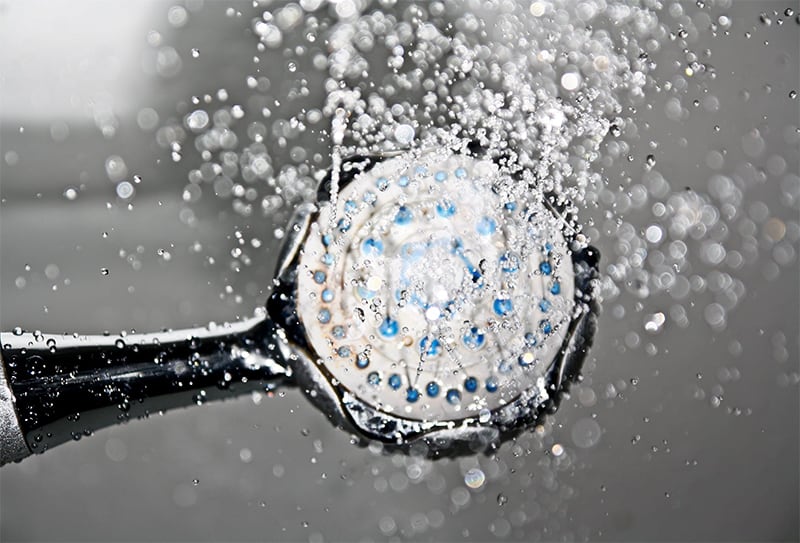How do you know your shower faucet is loose? It will slowly grind away the valve stem that is attached to. You can remove the faucet plates off and the shower pipe to see if the screw locks the shower pipe and the handle has gotten loose.
The good news is that you don’t need a new faucet because you can fix a loose shower faucet by yourself. All you need is an Allen wrench and a 4-in-1 screwdriver. Check out this article if you’re also having problems with your water pressure and temperature.
Steps
#1:
Shake the face of the faucet plate – this is the metal plate that covers the hole that the shower handle projects from – to see if the caulking has slackened. Most of the time, when the caulking is dislodged, the escutcheon plate will vibrate when using the shower, producing some noise.
#2:
Using a utility knife, cut the caulking around the loosened plate into about 3 inch long strips. Pull the caulk sticking around the plate with a putty blade.
#3:
Take off the small screw at the center of the shower handles to remove it from the wall. You may see a small plate covering the plate, so pop it off to access the screw.
#4:
Pull the hand out of the pipe and remove the plate from the wall slightly. Beware not to pull it off entirely from the wall pipe. Scrape off the remnants of caulking from the base of the plate and the wall.
#5:
Insert a new bead of caulking along the edges of the plate. Press the plate against the wall to attach it tightly in place. Place the screws back.
#6:
Scrape off the plumber’s tape from the handle of the faucet. Wrap about three bands of new plumbers tape around the handle to tighten it and prevent leakage. Remount the handle back.
#7:
Shake the faucet to see if it is tightly in place. Run the shower and observe if it produces noise.
Alternative method
If you are not good with tools or plan to renovate your bathroom soon, you can use this stop-gap measure – expansion foam.
Find a gap filler and use it to fix your loose shower faucet head.
Remove the caulking from the wall near the showerhead and stick the mouth of the can all the way, and unleash the content until the foam starts gushing out of the wall.
This foam is some urethane glue that sticks tightly, so make sure you cover or remove items near your working station.
Tape the hole and around the pipe.
The foam will gradually swell and become hard.
Beware, though, not to spray too much of this foam as it could swell and push your wall out. Spray small amounts at a time and wait for it to expand.
The foam should cure and harden around your shower pipe and keep it in place while you move the faucet.
Trim the excess foam away but be careful because the more foam you have around your pipe, the better the support.

